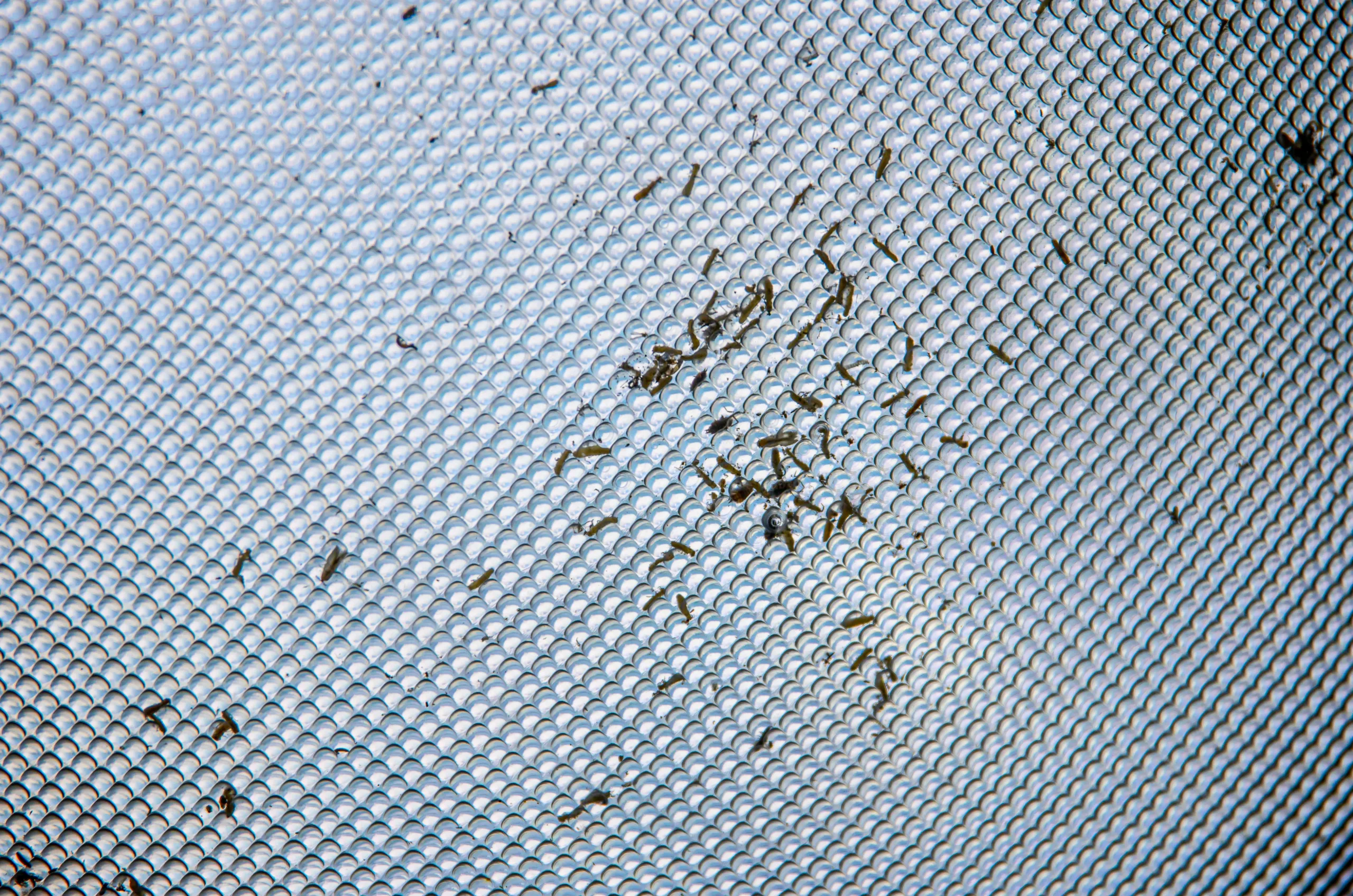Table of contents
Introduction
Bed bugs are tiny, rust-colored bugs that survive by feeding on the blood of both humans and animals. Despite their name, they can be found in various locations besides beds, including furniture, luggage, and clothing.
How do they affect us?
Bed bugs, those tiny nocturnal pests that infest our homes and cause endless frustration, have been a nuisance to humanity for centuries. In recent years, their resurgence has sparked concern and curiosity alike. Where do these elusive creatures come from, and what can we do to eradicate them swiftly?
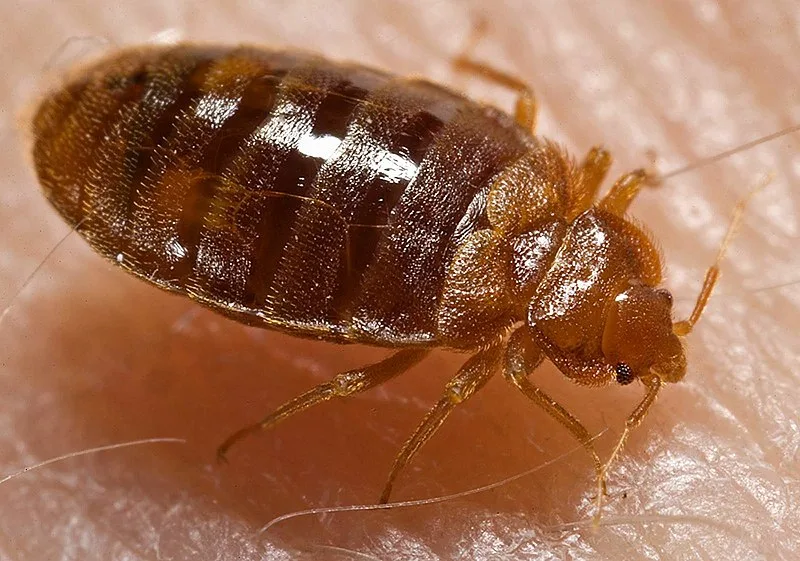
The Origin of Bed Bugs: where do bed bugs come from?
To comprehend the modern-day bed bug dilemma, we must delve into their historical roots. Bed bugs (Cimex lectularius) have coexisted with humans for thousands of years. Ancient civilizations such as the Egyptians and Romans documented encounters with these blood-sucking insects. However, the widespread use of pesticides like DDT in the mid-20th century nearly eradicated them in many developed countries.
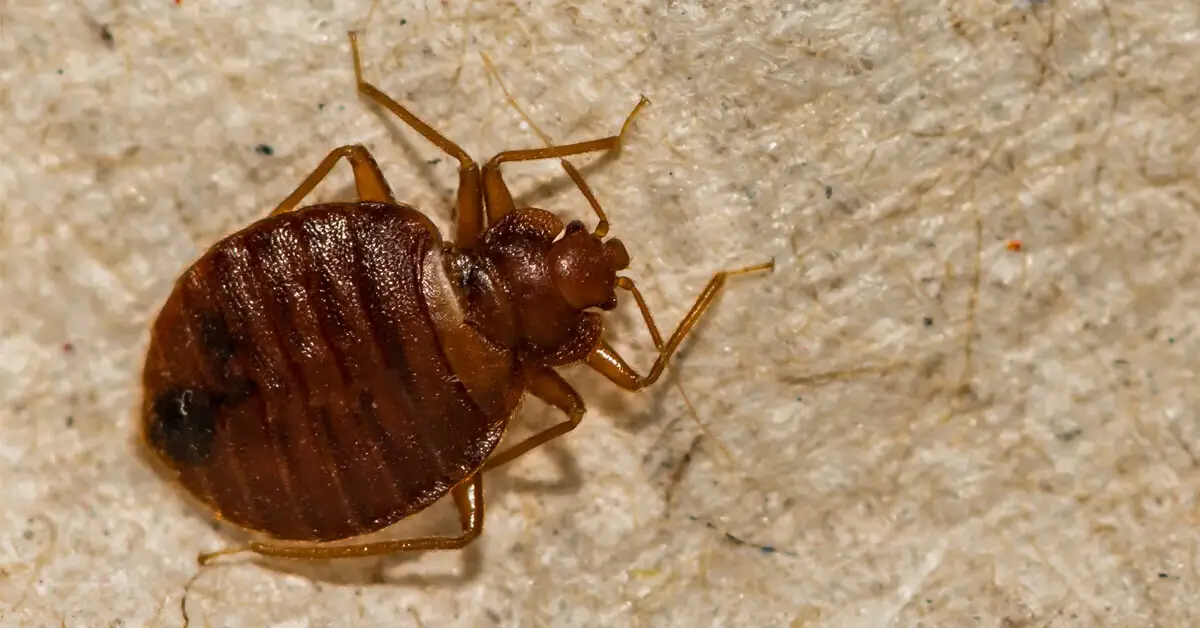
Resurgence and Spread of Bed Bugs
The resurgence of bed bugs in recent decades can be attributed to various factors. Increased international travel, ineffective pest control methods, and the development of resistance to commonly used insecticides have all contributed to their resurgence. They are excellent hitchhikers, often latching onto luggage, clothing, or furniture, allowing them to spread rapidly from one location to another.
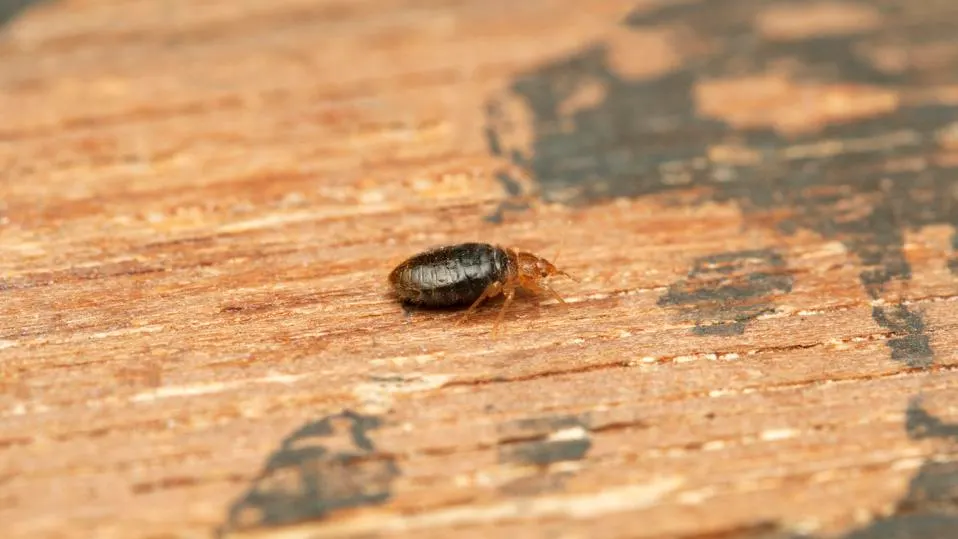
Common Sources Where Bed Bugs are Found.
Understanding where bed bugs come from can help prevent infestations. These pests are opportunistic and can be found in a variety of environments, including:
1. Hotels and Motels
Transient accommodations, such as hotels and motels, are prime breeding grounds for bed bugs. Guests unknowingly transport these pests in their luggage, facilitating their spread to new locations.
2. Secondhand Furniture
Purchasing used furniture without thorough inspection can introduce bed bugs into your home. Sofas, mattresses, and upholstered chairs are particularly susceptible to harboring these unwanted guests.
3. Public Transportation
Buses, trains, and airplanes provide ample opportunities for bed bugs to hitch a ride. Crowded spaces and frequent turnover of passengers make public transportation vehicles ideal environments for infestations to occur.
4. Multifamily Dwellings
Apartment buildings and condominiums present unique challenges when it comes to bed bug control. Shared walls and interconnected living spaces make it easy for bed bugs to migrate from one unit to another.
What kills bed bugs instantly? Effective Bed Bug Treatments:
When dealing with a bed bug infestation, taking prompt and decisive action is crucial. While numerous DIY remedies and over-the-counter solutions claim to eliminate bed bugs, professional pest control is often the most effective approach. Experienced exterminators can assess the extent of the infestation and implement targeted treatments to eradicate them at all life stages.
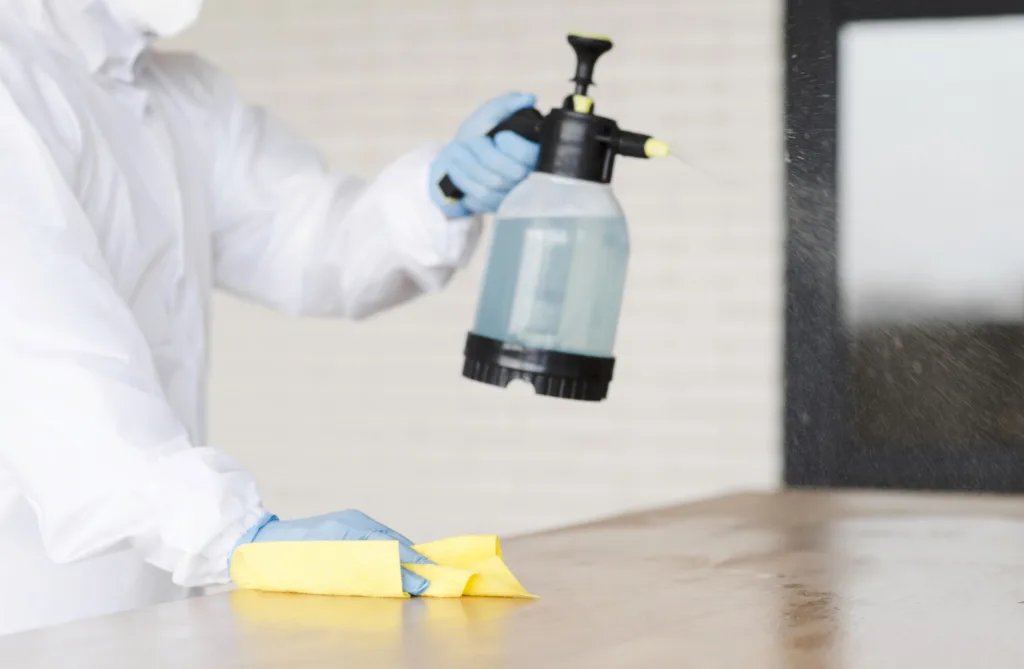
1. Heat Treatment
One of the most effective methods for killing bed bugs instantly is heat treatment. Exposing infested areas to temperatures above 120°F (49°C) for several hours effectively eradicates bed bugs and their eggs without the use of chemicals.
2. Insecticide Treatments
Professional-grade insecticides, when applied correctly by trained technicians, can provide long-lasting control of bed bug infestations. These treatments may include residual sprays, dusts, or aerosols designed to target bed bugs hiding in cracks and crevices.
3. Vacuuming and Steam Cleaning
Thorough vacuuming and steam cleaning of infested areas can help reduce bed bug populations and remove eggs and nymphs from surfaces. While these methods may not eliminate all bed bugs, they can complement other treatment strategies.
4. Encasement
Encasing mattresses and box springs in special bed bug-proof covers can prevent bed bugs from infesting or escaping these areas. This measure, combined with other treatment methods, can help contain and eliminate bed bug infestations.
Conclusion
In conclusion, understanding where do bed bugs come from and their preferred habitats is essential for effective pest management. By identifying common sources of infestation and implementing targeted treatment strategies, homeowners can protect their living spaces from these resilient pests. Remember, swift action and professional intervention are key to eliminating bed bugs and restoring peace of mind.
FAQs related to Bed Bugs
A1: Bed bugs are small, reddish-brown insects that feed on the blood of humans and animals. Despite their name, they can be found in various locations besides beds, including furniture, luggage, and clothing.
A2: Bed bug bites typically appear as small, red, itchy welts on the skin. They may be clustered together or appear in a line, and reactions to bites can vary from person to person.
A3: Bed bugs are nocturnal insects that prefer to hide in dark, secluded areas during the day. Common hiding spots include mattress seams, furniture crevices, electrical outlets, and baseboards.
A4: Bed bugs can enter homes through various means, including hitchhiking on luggage, clothing, or secondhand furniture. They are adept at hiding and can easily spread from one location to another.
A5: Signs of a bed bug infestation may include small reddish-brown stains on bedding or furniture (indicating bed bug fecal matter), shed bed bug skins, and itchy welts on the skin caused by bed bug bites.
You can also read How to have fresh breath in the morning?

